By Matthew Stock
Rolls of polyethelene corrugated drainage pipe.
Drain tiling has its origins in the field of agriculture. Although field drainage systems date back over 2000 years, they were first used in America in 1838. When farmer John Johnston installed clay tiles on his farm in Seneca County, New York, he was dubbed “The Father of Tile Drainage in the United States.” Farm drainage was further revolutionized in 1860 by Henry French in his book “Farm drainage: the principles, processes, and effects of draining land with stones, wood, plows, and open ditches, and especially with tiles.” The effect was so profound they renamed the tile drain system to French drains, after Henry French.
Drain Tile Uses
- Drainage tile systems have many uses in both agricultural and construction applications:
- Farm drainage – Used to keep fields from oversaturating, which limits crop growth
- Irrigation – Drain tiles can be used to transport water as part of an irrigation system
- Yard drainage – Similar to farming, drainage keeps water from pooling in low lying areas
- Footing tiles around foundation – Drains water from around and beneath your basement and/or crawl space
Names For Drain Tile
Although drain tile is a common term used interchangeably, it is often referred to as French Drain, Footing Tile, Weeping Tile, Clay Tile, Tiling System, Perforated Drain, Foundation Drain, and Rubble Drain, to name a few.
Drain Tile Properties
- Although material, size, and shape of the piping varies, there are common qualities:
- Is perforated (has holes) to allow water a point of entry
- Is immersed in a bed of stone, which facilitates drainage to the piping
- Stone type varies, but 3/4-washed (clean) gravel promotes the best water flow. Pea gravel or compacted stone impedes drainage due to lack of space between the stones.
- The pipe is usually round or cylindrical in shape, although there are some square or rectangular shaped drainage systems. Shape makes no difference in the flow of water.
- Drain tile piping typically ranges in sizes from 2 to 18 inches in diameter
- 4-inch diameter is standard sized piping for foundation drainage systems
- Piping is primarily constructed from plastic (PVC, ABS) or clay
- PVC drain tile typically comes in 10-foot lengths of rigid piping
- Corrugated (ABS) drain tile comes in coils of flexible piping in lengths that vary from 100 feet to 3000 feet
Editor’s note: This is an adaptation of an article originally posted on
www.uswaterproofing.com.
Winter 2021 Back Issue
$4.95
Waterproofing Basement Floor Slabs and Walls
Great Work, Wrong Project
History of Drain Tiles
Which System Is Better – TPO, EPDM, or PVC?
Making the Most of Digital Events
Becoming a More Digital Friendly Business
AVAILABLE AS DIGITAL DOWNLOAD ONLY
Description
Description
Waterproofing Basement Floor Slabs and Walls
By Vanessa Salvia
Waterproofing a basement or crawlspace depends on the site conditions, such as whether it needs foundation walls due to freezing winters. It’s just as imperative that any moisture or seepage that does get through be corrected in a manner that fits the site.
Great Work, Wrong Project
By Dave Hutcher
A real-world example in which a general contractor did good work on a foundation, but it wasn’t the work needed to fix the problem.
History of Drain Tiles
By Matthew Stock
A brief look at how drain tiles, which started in agricultural fields centuries ago, became common in building use.
Which System Is Better – TPO, EPDM, or PVC?
By Joel Lozon
Don’t just leave the decision about roofing to your roofing contractor. In two parts, we answer questions about roofing systems using TPO, EPDM, and PVC, and attempt to discern the basic differences between the three systems.
Making the Most of Digital Events
By Vanessa Salvia
Around the world, in-person events are no longer taking place. If you’re committing to attending the same events you used to, here’s how to make the most of them when they’re online.
Becoming a More Digital Friendly Business
By Vanessa Salvia
In today’s world, what customers want has changed. The general public has a new, high level of risk avoidance but businesses have an ongoing need to find new customers. Here’s how you can make changes to your waterproofing business to be more “digital friendly.”
Additional Info
Additional information
| Magazine Format | Digital Download Magazine, Print Mailed Magazine |
|---|

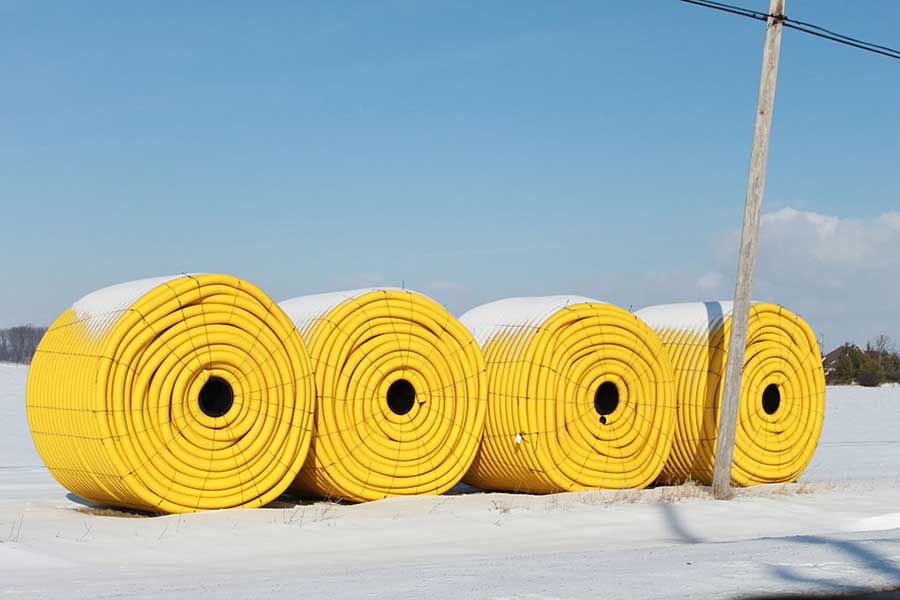
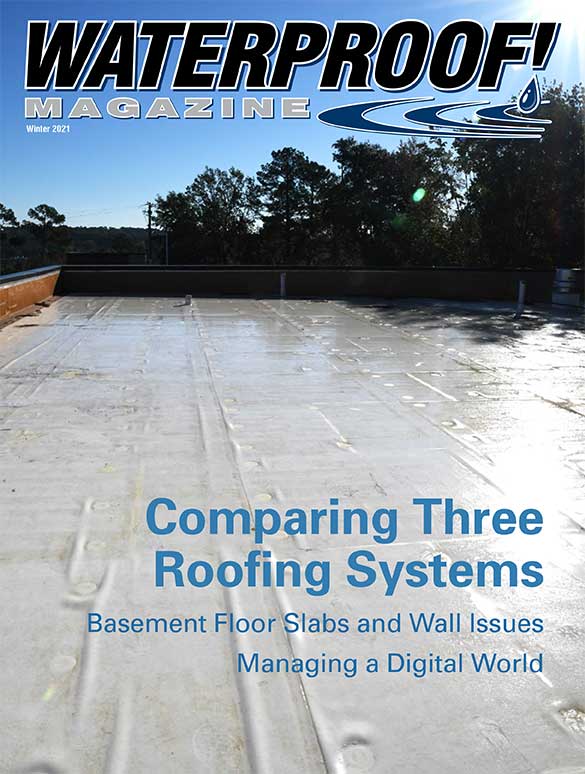

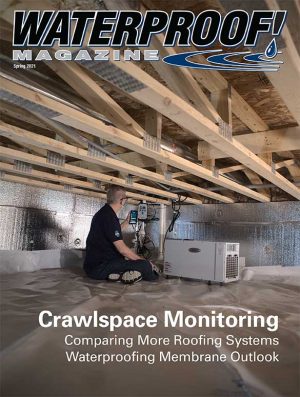
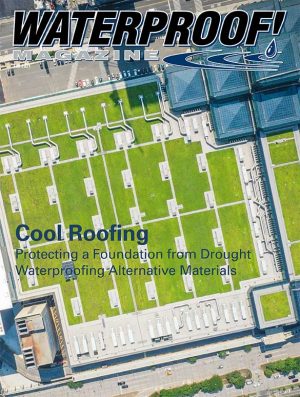


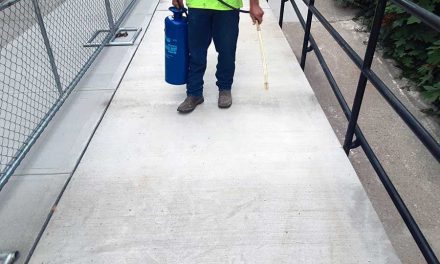
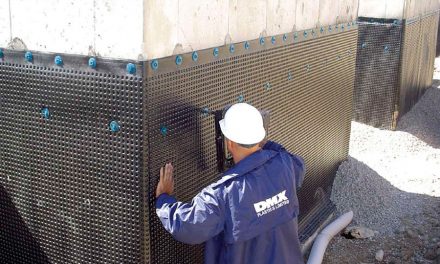










Trackbacks/Pingbacks